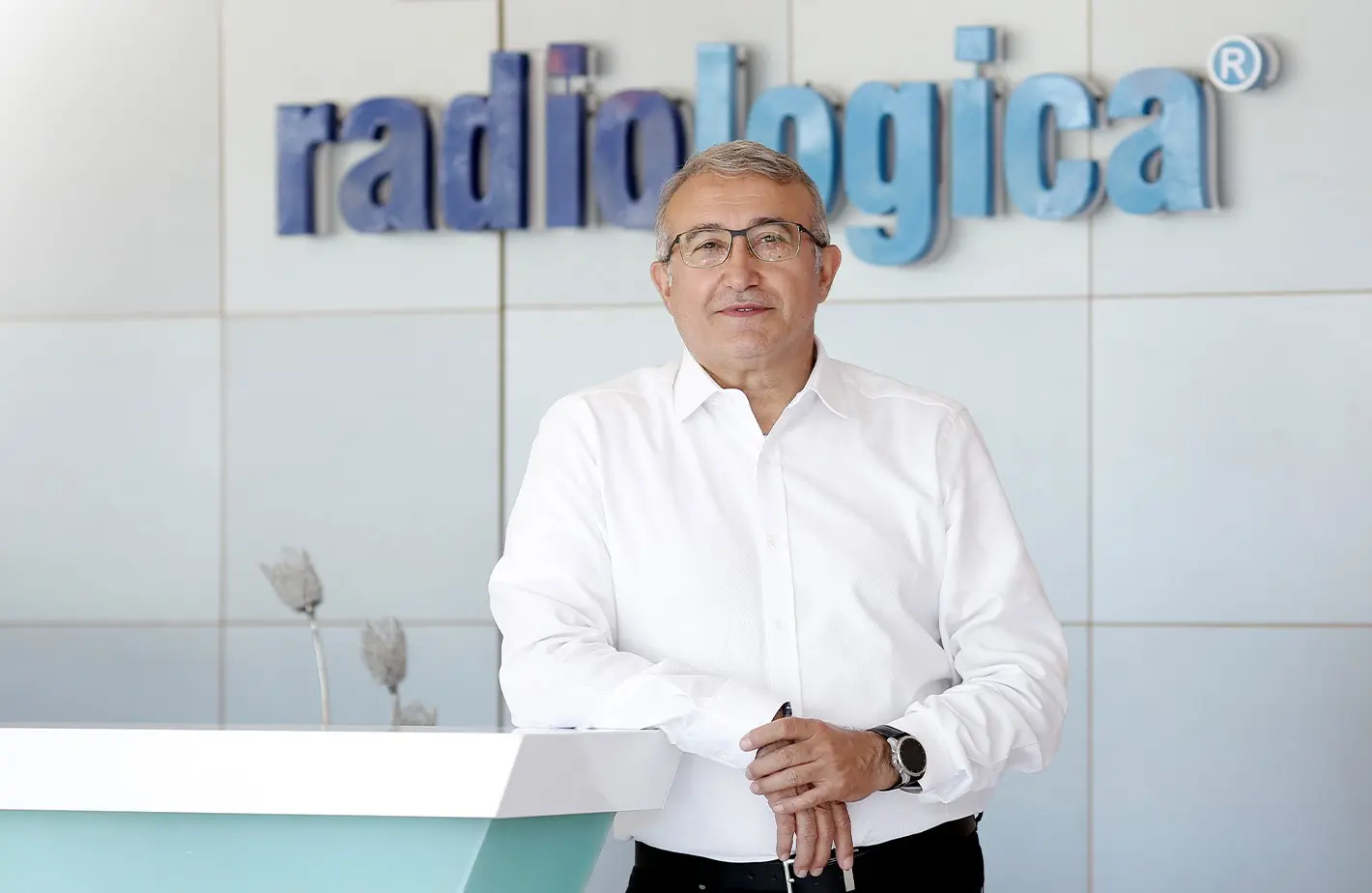We know that breast cancer is more common in women with certain characteristics. We call these characteristics risk factors. It's not necessarily true that those with these risk factors will develop breast cancer. We simply know that they have a higher risk of developing breast cancer than those without these factors. People without these factors can still develop breast cancer. Half of the women who develop breast cancer do not have these risk factors at all. Therefore, it's important for those without these risk factors to have regular checkups.
Having breast cancer in a first-degree relative (mother, sister, and daughter) is the most significant risk factor. For example, if a woman has a sister or mother with breast cancer, her lifetime risk of developing breast cancer increases from 12-14% (a 12-14% lifetime risk for all women) to 18-20%. Women with these conditions should be monitored more frequently and carefully. Depending on the severity of the risk, the age at which screening begins and screening methods may vary. Women with these conditions should consult their radiologist or clinician regarding the organization of their screening program. Women with more than one first-degree relative with breast cancer should consult a clinic offering breast cancer genetic counseling to have their risk assessed. If the family history is high, genetic testing may be considered.
The second most important factor that increases the risk of developing breast cancer is age. Advanced age is a significant risk factor. 70% of women newly diagnosed with breast cancer are over the age of 50. In other words, the incidence of breast cancer in women over 50 is four times higher than in women under 50.
A personal history of breast cancer: Women who have had breast cancer and have been treated before are three to four times more likely to develop cancer in the other breast than in women who are otherwise healthy.
Previous breast biopsy: A biopsy may have been performed due to a lump in the breast, and a benign tumor may have been detected. The presence of some non-cancerous benign tumors can increase the risk of developing cancer to varying degrees. This varies depending on the cellular structure of the tumor. For example, in women diagnosed with atypical hyperplasia (which is a completely benign tumor) on pathological examination of a biopsy mass, the risk of developing breast cancer is higher than in women with normal breasts.
Other less significant risk factors include:
Age of first menstruation; Early onset of menstruation and late onset of menopause prolong the fertile period. During this time, women are under the influence of estrogen for a longer period, increasing their risk of developing breast cancer. If women who experience early menopause are not receiving hormone therapy, their risk of breast cancer decreases significantly. Women who continue to menstruate after age 50 have a slightly increased risk of developing breast cancer.
Fertility history: Age at first childbirth is important. The risk of breast cancer is twice as high in women who have their first child after age 30 compared to those who have their first child before age 20. The risk is slightly higher in women who have never had children.
High socioeconomic status: The rate of breast cancer is higher in wealthy women with higher socioeconomic status. Because these families have better nutrition, their daughters develop earlier and begin menstruating at an earlier age. Furthermore, as these children grow older, due to education and work, they marry later and have children later. These factors may include early onset of fertility and delayed childbirth.
Those receiving estrogen hormone therapy: The rate of breast cancer increases slightly in women who receive long-term estrogen therapy (more than five years) due to menopause. Therefore, estrogen supplementation may be recommended to alleviate menopausal symptoms, but it should be done under the supervision of a physician.
Using birth control pills: While opinions differ on this issue, a slight increase in risk is suggested. However, this risk disappears completely in women who have stopped taking birth control pills ten years ago.
Alcohol consumption: The risk is slightly higher in women who drink alcohol excessively compared to those who do not. A woman who drinks three glasses of high-quality alcohol a day has a twice-higher risk of developing breast cancer than a woman who does not drink at all. Smoking: No definitive effect has been demonstrated. Obesity and a fatty diet: Some studies have observed that obesity increases the risk of breast cancer, especially in women over the age of 50. It has been suggested that consuming high-saturated fat foods, such as fatty meats, and high-fat dairy products, in particular, increase this risk.

